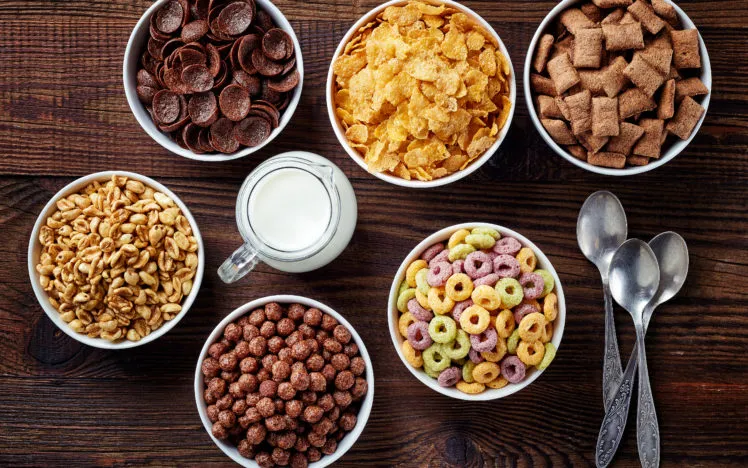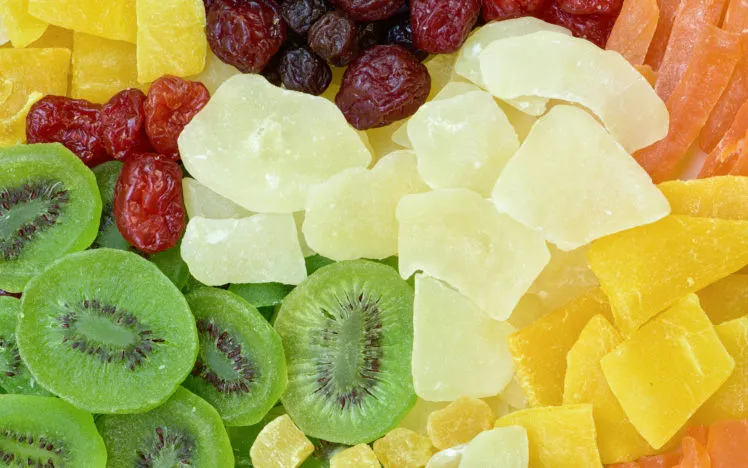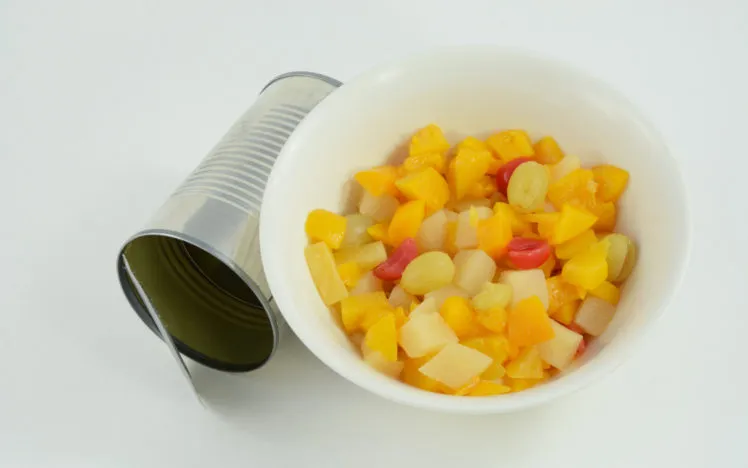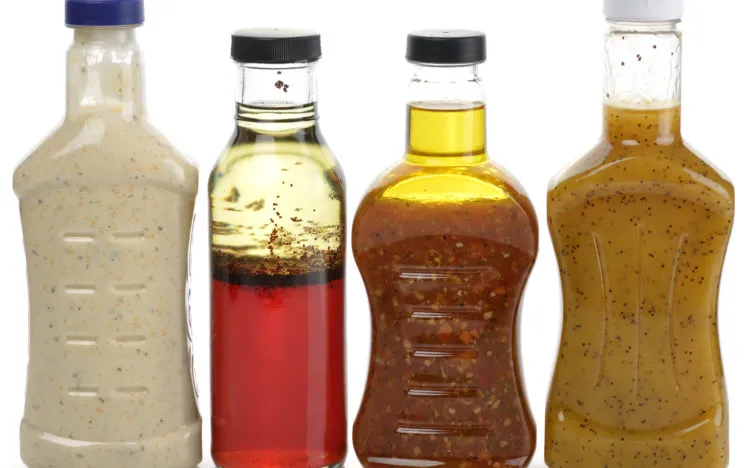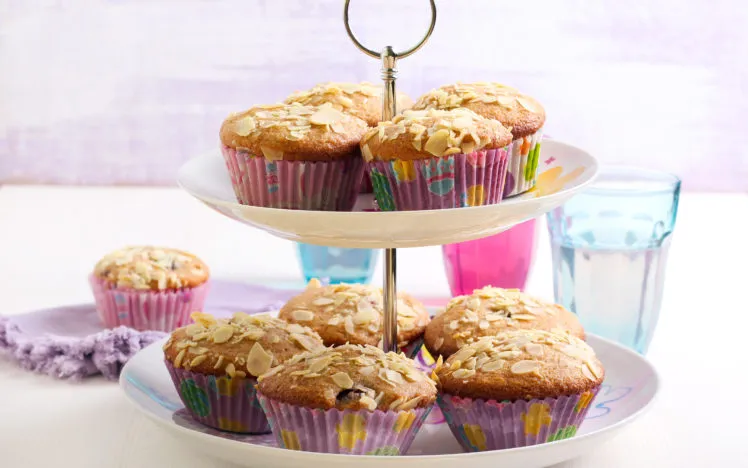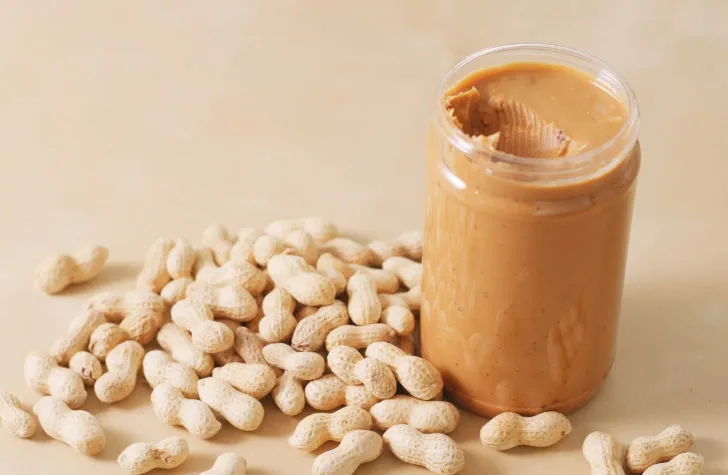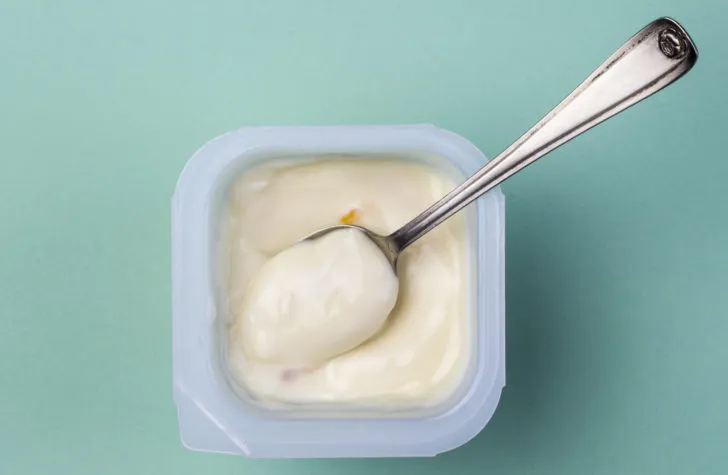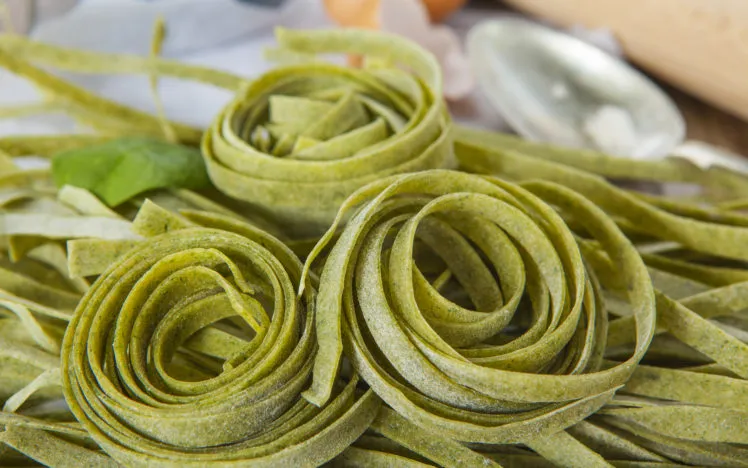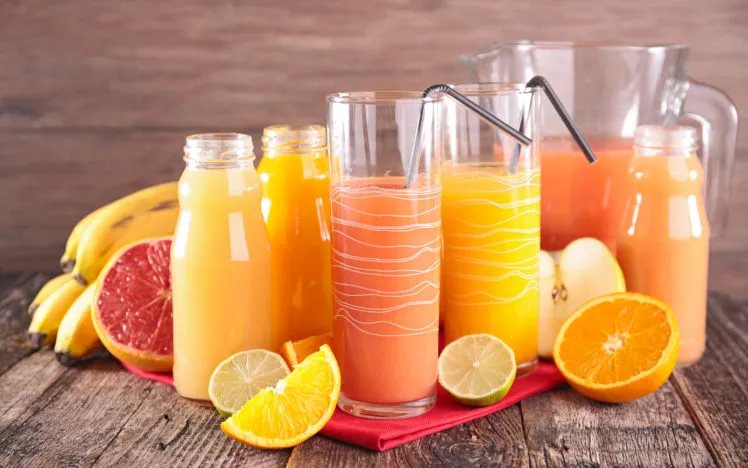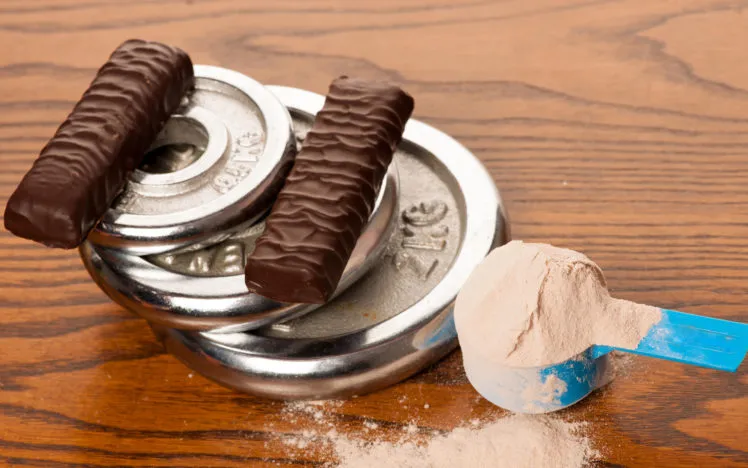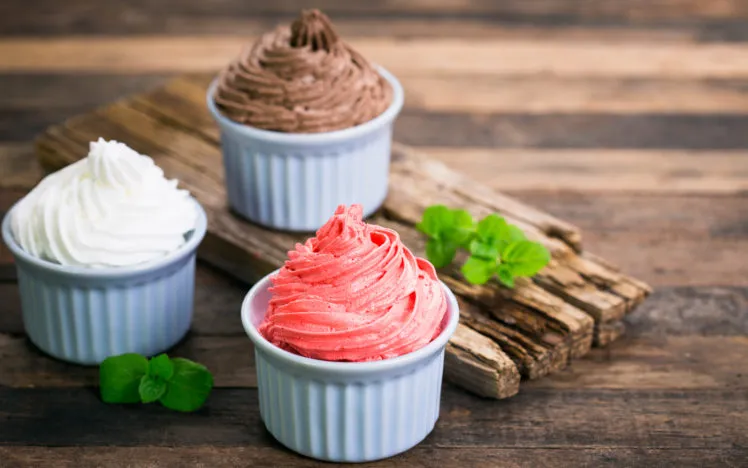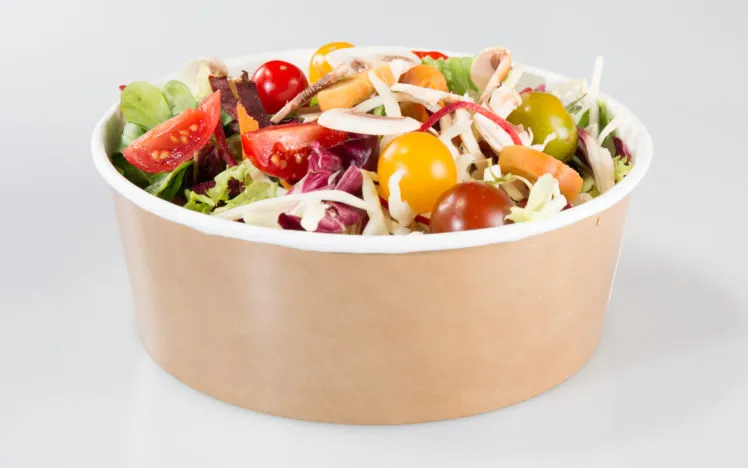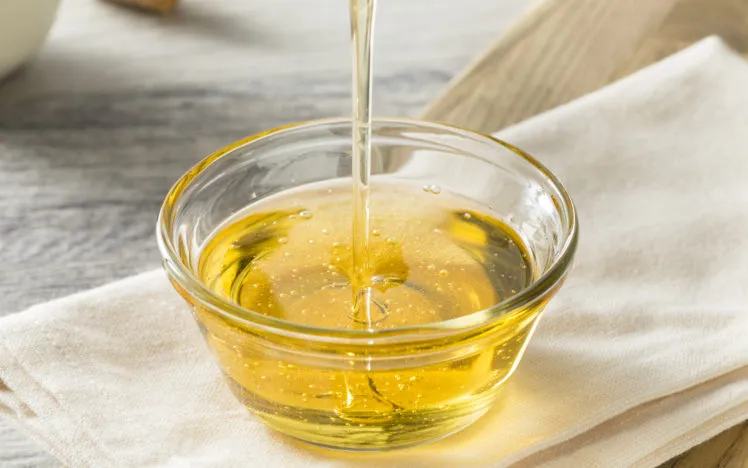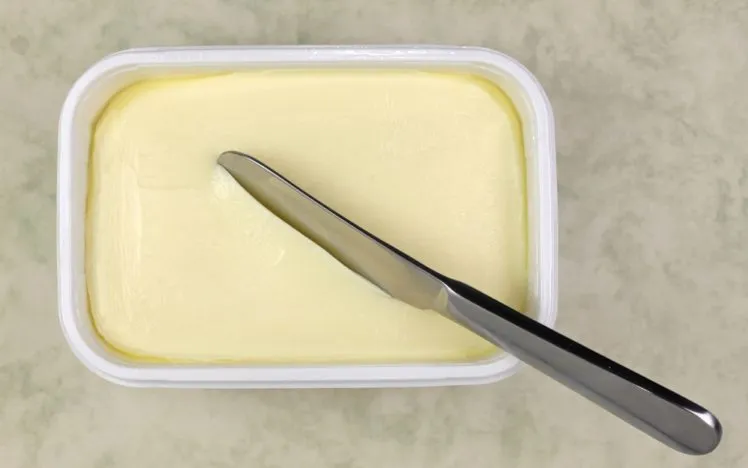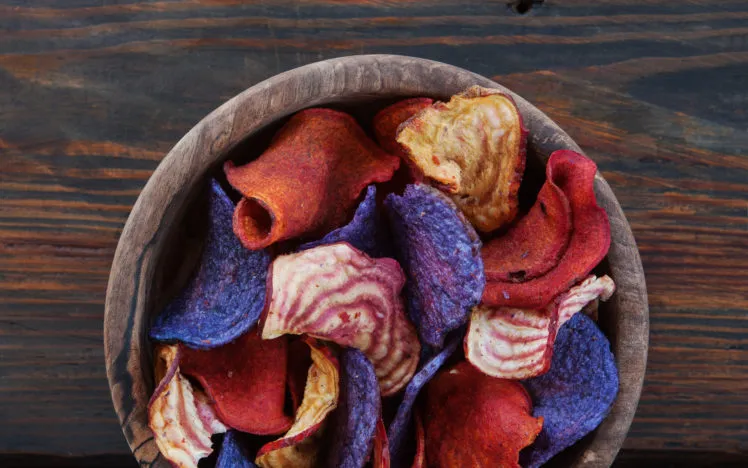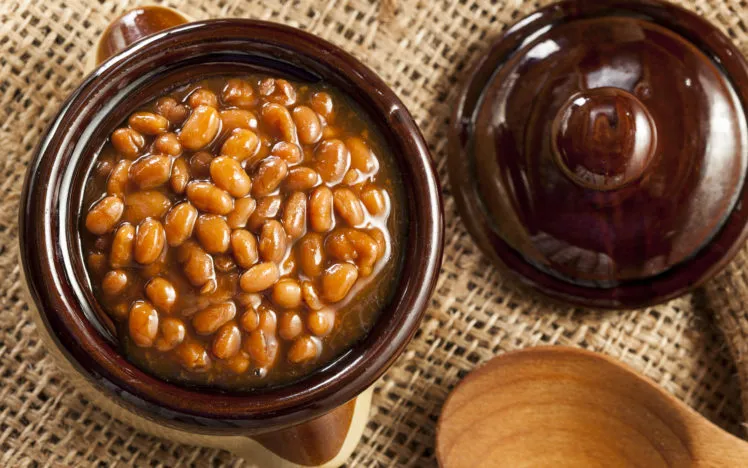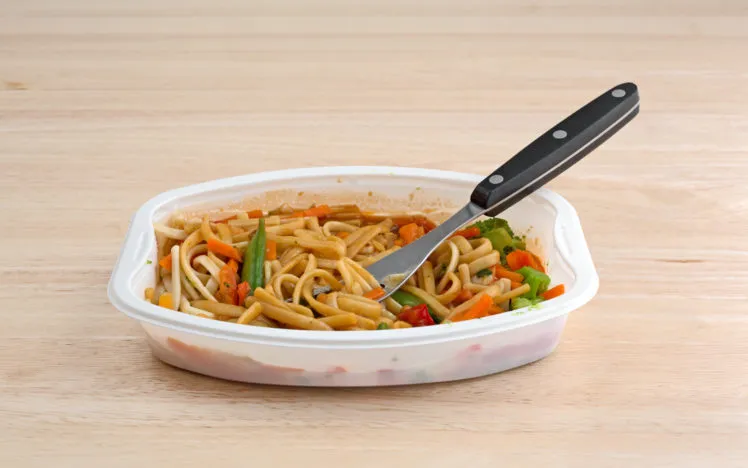“Healthy” Foods That Are Actually Bad For You
A lot of us make a huge effort to make sure the content of our cupboards and kitchens reflect the lifestyle we want to live and the healthy bodies we want to achieve. Unfortunately, thanks to marketing and a variety of mixed messages about food, it can get a little confusing about what is actually good for us. To make things easier, we’ve discovered twenty foods that are easily misunderstood to be healthy, when really, they are far from it!
1.Whole Wheat Cereals
It seems that the marketing for a variety of cereals has you exactly where they want you. Using health-friendly words, without being actually healthy. Yet, so many sugary cereal boxes have that “health” checkmark.
White there may be a few whole grains in a cereal it simply does not make up for the fact that it is often coated with sugar, frosting or even mixed with marshmallows. Skip these cereals and try something more wholesome such as oatmeal, or a shredded wheat cereal.
2. Dried Fruit
Dried fruit is not only colorful and attractive, but it is extremely tasty too. In fact, many people will enjoy this snack in the place of dessert.
Unfortunately, you may as well be eating a cookie because dried fruit has about three times the amount of sugar in it because it is condensed. Therefore, you will find yourself eating multiple pieces of dried fruit and getting piles of grams of sugar and calories.
3. Fruit Cocktail
Fruit Cocktail is an easy canned item you can have on your shelf when you are looking for a juicy treat and have run out of fresh produce. Filled with peaches, pineapples, and cherries, it’s no wonder people think it’s a healthy choice.
This is the part where you get disappointed. The syrup that is used to preserve the fruit actually contains an entire day worth of sugar. This doesn’t seem so delicious anymore, now, does it?
4. Light Salad Dressing
When you want a salad, we all know the most fattening part of it is the dressing. Selecting a low-calorie version of ranch dressing or Italian dressing seems like a healthy choice.
In reality, companies are using piles of additives to maintain the flavor while ensuring the calories are cut down. These additives are detrimental to your body, so you are much better off using some olive oil and vinegar (balsamic, red wine etc.) to top your salad and give your body some good fat instead!
5. Store Bought Low-Fat Muffins
If you’re in a hurry and need a quick snack, selecting a low-fat muffin is an easy snack to eat on the fly. Coming in a variety of flavors and recipes, these muffins are definitely delicious.
The truth is if companies are reducing the fat, they need to make up for the lack of taste. This is where sugar comes in. They amp up how much sugar is added so you can feel good about eating less fat but maintaining the same great flavor. Unfortunately, we all know, sugar is no better than fat. It’s a lose-lose situation.
6. Low-Fat Peanut Butter
The same story applies to light or low-fat peanut butter. Since we know that in most cases when something is removed, must be replaced to maintain flavor. Surprisingly enough, in the case of peanut butter, full-fat is a much better option.
Peanut butter is ripe with monounsaturated fats that are great for our bodies, so when we read how much fat is in the peanut butter (excluding saturated fat) we can be confident that we are eating fats our body truly needs, removing those healthy fats and replacing them with more carbs and sugar isn’t exactly the road to good health.
7. Flavored Yogurts
Probiotic and greek yogurt are fantastic snacks, but there’s a catch. Sometimes there’s so much added to the yogurt that the nutritional benefits get lost in the mix.
The best thing you can do is buy low-fat, plain yogurt and make additions to it yourself. This way, you have control over how much sugar your body is taking in, which fruits and flavors you’d like to have, and in return, you’re saving yourself from digesting 10+ grams of sugar you didn’t necessarily want.
8. Spinach Pasta
Spinach pasta is the same old story of additives wreaking havoc on something that was supposed to be a good thing. While it may be bright green, there are not many antioxidants here!
Spinach Pasta should just be called pasta because there’s so little spinach in the noodles. There’s certainly not enough spinach for you to reap the benefits in one serving either.
9. Diet Soda
While the word “diet” is often on the front of the bottles of sugar-free soda, it’s really just a marketing tactic. It’s meant to confuse you into thinking that swapping out a full-sugar soda for a diet sugar-free variety, is a step in a healthier direction. When perhaps, it’s doing more harm than good.
As with many other foods, when you subtract the primary source of flavor, you need to replace it with alternative ingredients which require a lot of additives to bring the flavor back. In the case of diet sodas, that’s in the form of unhealthy artificial sweeteners. A great alternative to diet sodas is sipping on carbonated water, and add in your favorite fruits for flavor!
10. Fruit Juice
Juice in the morning seems like a really straightforward option for most families. The catch is, you have to make sure that there are no added ingredients. Look for the 100% pure orange juice if you absolutely need juice in the morning.
The problem with fruit juice is, even if you buy the 100% pure juice, it is still packed with sugar. Many think that if it’s natural sugar it’s no problem, but the truth is, sugar is sugar! If you buy the stuff that has added sugar, you are getting a double whammy of sugar that you don’t need. A better way to approach you morning drink is by adding a few tablespoons of 100% pure juice to the bottom of your glass, then fill with water. You still get the orange juice taste without all those unneeded grams of sugar.
11. Protein Bars
This is the same age-old story we hear all the time. Let’s get something straight, just because a snack bar is advertised as a protein bar and is loaded with protein, that does not mean it’s a healthy choice!
While many protein bars are actually ok for your health, many are just candy bars marketed to make you think it’s a healthy choice! Make sure you’re reading your labels to stay informed, or try eating natural sources of protein such as lean meat, hummus, milk, and nuts which are way better options and only have a fraction of the sugar and calories.
12. Frozen Yogurt
Much like diet soda or protein bars, frozen yogurt has a reputation for being a healthy dessert you can enjoy in large quantities, without a worry. Unfortunately, this is simply not the case. While “froyo” may be lower fat compared to ice cream, it is still packed with sugar and calories just like any other dessert. Not to mention all those fun toppings we tend to add on.
If you are looking to enjoy a healthy dessert, blending up a frozen banana with some dark chocolate chips and strawberries is a great alternative, it’s a surprisingly sweet treat!
13. Fast-Food Salads
When you have to eat at a fast food restaurant, opting for a salad may seem like a healthy option, and sometimes, it can be! The problem with fast food salads is how quickly the ingredients add up to calories. If you order a chicken salad with breaded chicken and use a package a creamy dressing over your bacon bits and shredded cheese, suddenly, your salad is basically the same amount of calories and fat as a hamburger!
With some healthy suggestions, you can make this healthy option a success. Make sure you asked for grilled chicken as opposed to crispy as your protein, and either enjoy without salad dressing or just use half a packet of dressing.
14. Agave Nectar
Agave nectar has earned itself a place in the health food world as a great alternative to regular sugar. Unfortunately, it does not deserve this place among other sweeteners such as maple syrup, simply because of what it actually is made up of.
Regular sugar contains about 50% fructose which is the stuff we are really trying to avoid. It messes with your metabolism and is a threat to your overall health. Believe it or not, agave nectar is actually between 70-90% fructose, making it even worse for you than regular sugar.
15. Processed Organic Food
The word “organic” is plastered on the front of a huge amount of food in the grocery store now. Marketers are making the word “organic” synonymous with the word “healthy”. For a lot of people, it’s paying off! There’s a huge group of people buying into this marketing technique and are being sadly misguided.
Just because a food says organic, does not mean it is healthy in the least. Sure, the products may not have pesticides on them, but at the end of the day, it’s the same ingredients that you would find in a regular bag of chips or bag of candy. The same goes for the nutritional facts – fat, calories, and other additives are still very present in these organic foods.
16. Veggie Burger
When you’re looking to skip some calories and fat, opting for a veggie burger may seem like a very logical option. A great tip for selecting foods is opting for the more “pure” item on the menu. Which food has the least amount of additives and ingredients? This is where many times, the veggie burger fails.
A beef or chicken burger is often a combination of meats and spices. A veggie burger will often have spices and a wide variety of ingredients that are both pure and “filler” additives. To make a veggie burger taste good, you need to add a fair amount of additives. As a result, you may end up eating more calories and additives than if you just ordered the beef burger.
17. Margarine
This item on our list is a little more complicated than the average “healthy” item that really isn’t all that healthy. One way to check and see how healthy your margarine is by seeing how solid it is. If your margarine is as hard as butter, it’s not a good option. If you buy one that has olive or avocado oil in it, it will be soft and creamy – that’s the stuff you want!
Some kinds of margarine are a good option when you are looking for a spread that is a healthier option to butter. Butter is made from animal fat and therefore has a higher content of trans fat. If you can get a trans fat free margarine made from olive oil or another plant-based oil, it’s a great spread for your toast. The problem lies in margarine that has trans fat anyway, plus a lot of additives. In that case, sticking with butter is a better option.
18. Veggie Chips
They’re visually stunning and also are technically foods that are healthy, so what makes them such a problem? The best way to get a healthy chip option is by making them yourself. Then you get to control how much oil and salt is added, and they can be baked instead of fried.
No matter what kinds of root vegetables are in your packaged veggie chips, the nutrients are often lost among the oils, salts, additives and possible frying. By the time they are packaged, these chips have a ton of calories and fat, just like regular chips!
19. Baked Beans
Beans are known as a fantastic food to eat for protein and fiber, especially for vegetarians. When eating baked beans, be sure to read the nutrition facts so you know exactly what you are eating. If you enjoy cooking, try your hand at making your own baked beans so you can monitor exactly what’s put into them.
Baked beans are not as healthy as consumers may think, because they are canned. This results in high sodium content, often high sugar and lots of additives. Selecting an organic, low sodium can of baked beans is a great solution to this problem.
20. Frozen Diet Dinners
Much like many of the advertised prepackaged health foods, frozen diet dinners aren’t worth the money and aren’t worth the time saved from cooking. Making pre-portioned meals at home is a fantastic way to have healthy meals available quickly when you need them.
Frozen diet dinners are often advertised as wholesome meals with lots of health benefits. The problem is, many of them are packed with additives and preservatives so they can still taste fresh even when they are not. When you’re looking to maintain a healthy lifestyle, having a bowl of food packed with extra ingredients is definitely not worth it.


